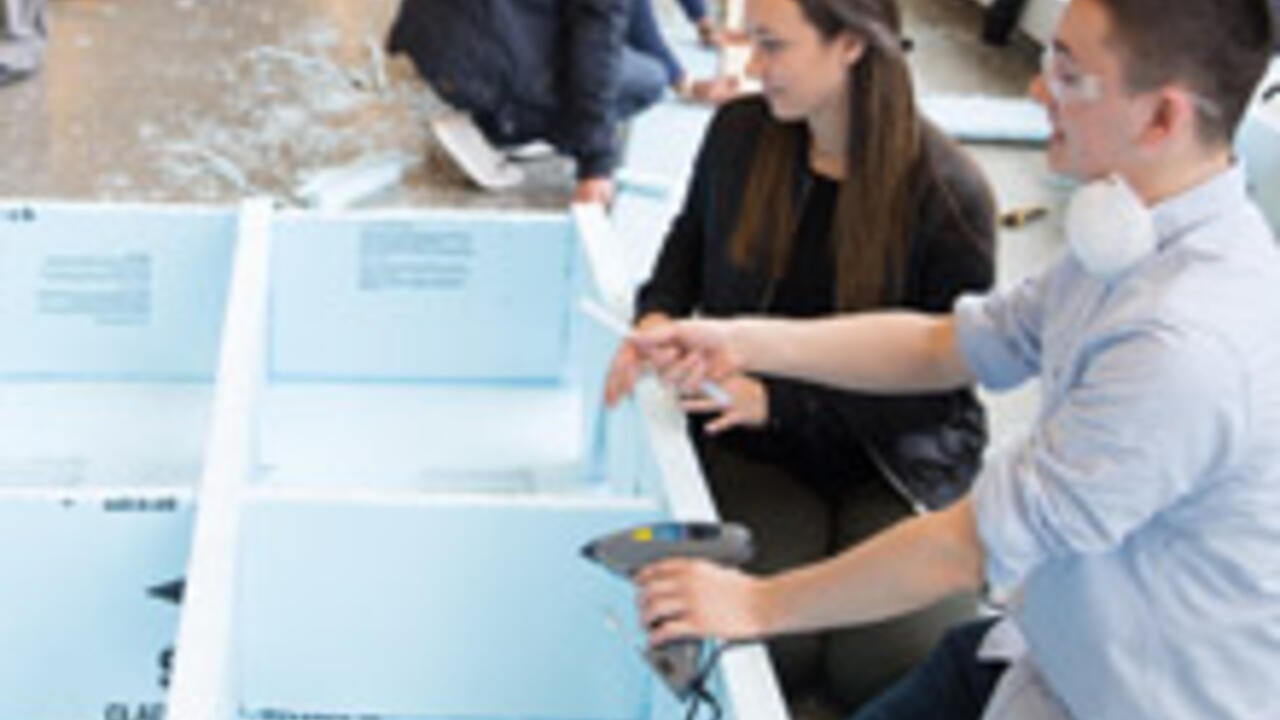
Hands-on learning is “critical to Canada’s competitiveness”
Waterloo Engineering expands programming for students with $3 million for more team projects and experiential learning outside the lecture hall

Waterloo Engineering expands programming for students with $3 million for more team projects and experiential learning outside the lecture hall
By Brian Caldwell Faculty of Engineering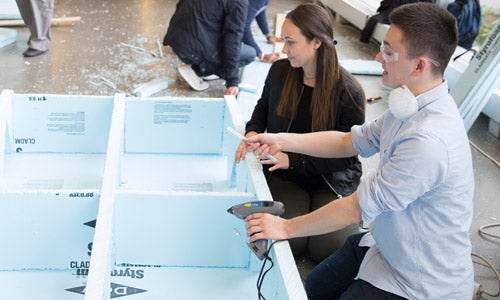 James Smith knelt at the foot of a mechanical contraption and slowly turned its crank to test the strength of a blue Styrofoam bridge he built with teammates at the University of Waterloo.
James Smith knelt at the foot of a mechanical contraption and slowly turned its crank to test the strength of a blue Styrofoam bridge he built with teammates at the University of Waterloo.
Getting to the load frame stage had taken two days of designing and redesigning, constructing and correcting, relying on textbook lessons and improvising on the fly.
And then, as a crowd of other civil engineering students looked on, it was all over with a resounding bang that echoed through the Sedra Student Design Centre.
The verdict? The bridge had buckled under the force of about 400 kilograms, less than half of what its creators had calculated.
But as he reflected on what went wrong - mainly the weakness of connections made with a hot glue gun — Smith still couldn’t wipe the smile off his face.
“These were probably the best two days of the whole semester,” he said. “It taught me a lot about how to approach actually designing something compared to just solving problems in the classroom.”
That’s exactly what organizers had in mind when they gave 160 second-year students a break from class to plan a road and build a bridge connecting two points on either side of a river on a topographic map.
And such hands-on challenges are going to become an even bigger part of the engineering curriculum after the recent announcement of more than $3 million in cash and in-kind support over five years from government, industry and University sources.
Sanjeev Bedi, a mechanical and mechatronics engineering professor who heads the initiative, is as enthusiastic about the approach as the students are.
He is aiming to expand programs provided by the Engineering IDEAs Clinic until all undergraduates take part in at least one intense team project every year.
“It’s thrilling to see how they think, how they develop, how they motivate each other, how they grow,” Bedi said. “It’s electric, the whole atmosphere.”
Activities organized by the clinic range from two-hour, in-class projects such as tearing down internal combustion engines, to two-day, open-ended challenges requiring students to work in teams, integrate their academic lessons and learn on their own while doing, not just studying.
“It is about students tackling complexity and making judgements with less than perfect data - a reflection of the real world,” said Dean of Engineering Pearl Sullivan.
The federal government is contributing $1 million through the Natural Sciences and Engineering Research Council (NSERC) of Canada to establish an NSERC Chair in Immersive Design Engineering Activities held by Bedi.
“These are people who think really well, but the practical aspect of actually cutting up that Styrofoam and gluing it together is another whole set of skills,” said NSERC director Pamela Moss. “Knowing the two sides of it, I think, is really important.”
Down in the design centre during the civil engineering project, student Jessica Elias had come to the same conclusion after struggling to put her team’s bridge together.
“You can plan an amazing building, but it’s not necessarily going to turn out like you think it is,” she said. “There are a lot of complications. I learned simpler is definitely better.”
Tom Lee of Quanser – one of five industry partners along with Skyjack, Rockwell Automation, D2L and ANSYS - described that kind of practical, experiential learning by future engineers as “critical to Canada’s competitiveness.”
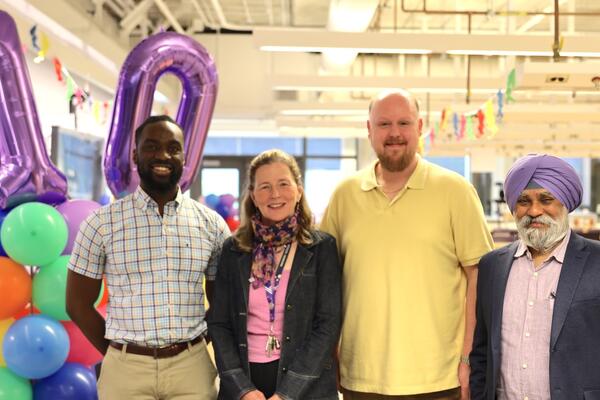
Read more
The Pearl Sullivan Engineering IDEAs Clinic marks a decade of delivering experiential learning embedded in the real world and mentored by industry professionals
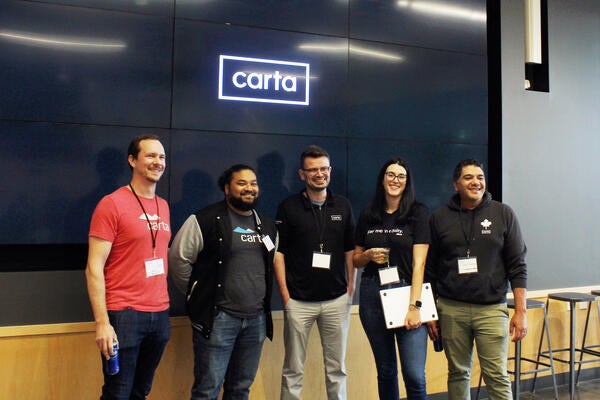
Read more
From AI-powered cap tables to complex valuation tools, Waterloo co-op students drive Carta’s innovation while shaping its engineering talent strategy
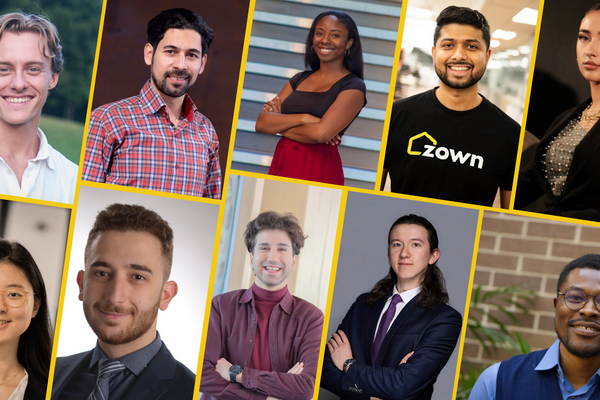
Read more
From transforming solutions for homeownership to advancing health care interventions, Waterloo talent continues to disrupt industries and drive change
Read
Engineering stories
Visit
Waterloo Engineering home
Contact
Waterloo Engineering
The University of Waterloo acknowledges that much of our work takes place on the traditional territory of the Neutral, Anishinaabeg, and Haudenosaunee peoples. Our main campus is situated on the Haldimand Tract, the land granted to the Six Nations that includes six miles on each side of the Grand River. Our active work toward reconciliation takes place across our campuses through research, learning, teaching, and community building, and is co-ordinated within the Office of Indigenous Relations.